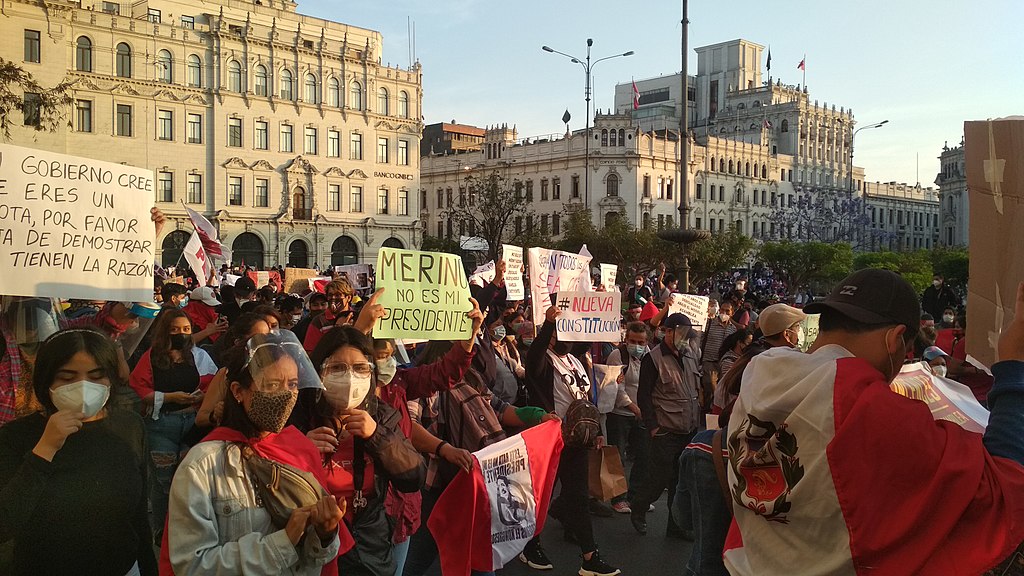MSc International Development and Humanitarian Emergencies alumna, Emma Smith, refers back to her 2018 dissertation to provide behavioural insights to addressing COVID-19.
Two years ago, my MSc dissertation in International Development and Humanitarian Emergencies started with a chilling sentence: “It is only a matter of time before the world sees another globally threatening outbreak.” It goes on to say “experts suggest that the next pathogen is likely to be airborne, and existing health systems are not equipped to contain and combat it.”
I had hoped I wouldn’t be so right, so soon.
I reread my dissertation and extracted/added to some takeaways that I thought were worth sharing:
The rise of global disease outbreaks
According to the World Health Organization (WHO), at any given time, there are “dozens of disease outbreaks around the world”. There are a variety of factors that contribute to these outbreaks, such as the increased levels of human migration. When these outbreaks occur, they are referred to as epidemics, or once spread to multiple continents, pandemics. Epidemics and pandemics describe the circulation of an infectious illness within a short time frame.
Examples of such emergencies include the Ebola virus outbreak in West Africa between 2013 – 2016 which had a case fatality rate of over 70% (World Health Organization, 2014), as well as the 1918 Spanish influenza pandemic which spread rapidly and caused an estimate of 50 million deaths. The latest life-threatening outbreak is COVID-19.
We have reason to believe – with factors such as growing populations, urbanization, climate change, and new habited areas – that we will begin to see more frequent and more severe global health emergencies. And our world is not prepared.
So what do we do to mitigate, prepare for, respond to, and recover from suffering during these outbreaks?
A crucial – and often overlooked – aspect is effective emergency communication at all stages of an outbreak. Clear and targeted messaging in emergencies can save lives as it enables responses such as evacuations or prevention techniques such as critical hygienic practices. Often, leaders focus on making sure clear warnings and updates reach their populace – and pay less attention to how their messages then prompt people to change their behavior.
During the avian influenza outbreak in Thailand, public health education campaigns and general media reports about avian influenza appear to have been effective in reaching rural people (Olsen et al., 2005:1601). But what the officials quickly realized was that despite widespread knowledge about avian influenza and effective means of prevention, most Thai people did not actually change their ways.
Why not?
It’s hard for us to change our behavior.
Turns out, human brains are a little peculiar. We have a hard time changing our routines and habits, even when we know something is bad for us. Like how we will eat that chocolate bar, despite knowing what it does to our body. We need help making good choices.
This is, I believe where behavioral insights could come in. Behavioral insights are defined as, “insights from psychology, cognitive science, and social science with empirically-tested results to discover how humans actually make choices” (“Behavioral Insights”, 2018). Emergency communications could incorporate such insights to improve decision-making in health crises.
Examples of behavioral insights that could be used to improve communications during COVID-19:
- Social norm messaging to help people practice social distancing such as, “You are the only one of your friends who is not working from home”. Social norms signal appropriate habits and are classed as expectations or rules within a group of people (Dolan et al., 2010).
- Priming people to make decisions to care for others by using phrases or words such as “let us unite, we are one, together we stand”. Conceptual priming is a technique and process applied in psychology that engages people in a task or exposes them to stimuli. The prime consists of meanings (e.g. words) that activate associated memories.
- Loss aversion to get people to wash their hands such as, “by not washing your hands, you could lose elderly or vulnerable members of your community.” Loss aversion is an important concept associated with prospect theory and is encapsulated in the expression “losses loom larger than gains” (Kahneman & Tversky, 1979). It is thought that the pain of losing is psychologically about twice as powerful as the pleasure of gaining.
- Default options with messaging like “unless you opt out, you will be placed on a volunteer list to grocery shop for elderly neighbors in this building.” Default options are pre-set courses of action that take effect if nothing is specified by the decision maker (Thaler & Sunstein, 2008), and setting defaults is an effective nudge when there is inertia or uncertainty in decision making (Samson, 2014).
Social norms, default options, loss aversion, and priming are just some simple examples of mechanisms that could be used in emergency communications to introduce and sustain new habits. Given their ability to prompt a shift in systematic cognitive biases, these nudges make the new behavior feel more automatic.
Right now, at the dawn of the European COVID-19 outbreak, we can rely on new habits being force-formed as a result of city and country-wide lockdowns. But it is proven that external motivators are only secondary to internal or intrinsic ones (Kohn, 1993).
In an emergency – when people have a limited or inhibited capacity to think and react – communications designed to subconsciously prompt critical changes in behavior can ultimately be life-saving.
Emma Smith is a humanitarian committed to using frontier technologies to tackle today’s greatest social and environmental challenges. Currently the Co-Founder and Chief Operating Officer at Eversend, Africa’s first neobank, Emma has been honored as a Forbes 30 Under 30 and Fellow of the Royal Society of the Arts. She has a BA with Distinction from Duke University and a MSc. from the London School of Economics.
The views expressed in this post are those of the author and in no way reflect those of the International Development LSE blog or the London School of Economics and Political Science.





